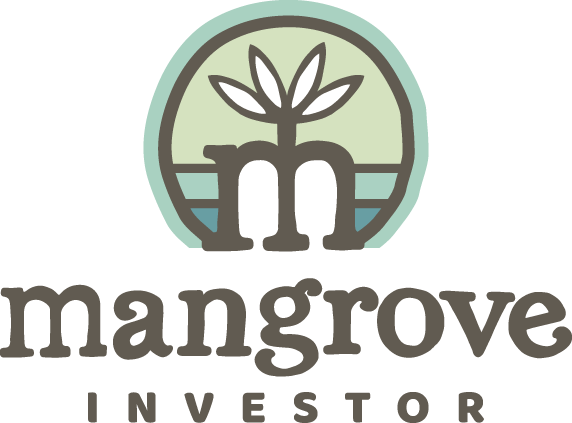
When it comes to investing, we need to be somewhat financially literate. You don’t have to be able to do a cash flow analysis, but you must understand the basics. Because bankruptcy is bad for our investments.
In this essay, we’re going to start at the beginning. The first thing we see, after we type in the ticker symbol…the share price. Let’s start with a quick quiz…which of these stocks is the most expensive?
- Amazon (AMZN) at $3,400 per share
- Alphabet (GOOGL) at $2,700 per share
- Berkshire Hathaway (BRK.A) at $430,000 per share
- Starbucks (SBUX) at $120 per share
It’s a trick question…we don’t know if they are cheap or expensive. All we know is the share price. And the share price doesn’t tell us anything about the value of the company.
We need more information.
I like to think of the value of the company like a pizza. Each slice is a share of the company. The more you slice it, the thinner the slice…or the smaller the share price.
In investing terms, the “market value” of a company is the number of shares outstanding multiplied by the share price.
For example, the market value of Berkshire Hathaway (the giant investment bank) is $653 billion. Amazon’s market value is $1.7 trillion. If we know that and we know each of their share prices, then we know that Amazon has more shares out.
A lot more shares. Because even though its market value is nearly three times Berkshire Hathaway, its share price is less than 1/10th.
Get it?
Now let me complicate it some more…
The Share Count Can Change at Any Moment
The other reason we don’t use share price for valuation is that it can change overnight. Most of these companies have options or warrants. Those are pieces of paper that can become shares. And an extra couple of million new shares means you slice the pie a little thinner.
Also, public companies will issue shares to raise money or make acquisitions. Those new shares do the same thing.
I remember a company that grew its market cap by over ten times, but its share price hardly moved, because management issued millions of new shares. It frustrated the shareholders because the company grew but the shareholders didn’t benefit.
Why is Market Value Important?
Knowing the market value lets us make the next step in our investment research…understanding valuation.
Is this stock cheap?
Is it expensive?
How do we know?
A big share price doesn’t mean a company is expensive. It just means they have fewer shares issued. What makes a company cheap or expensive comes down to how you measure it.
The old school ways use revenue and profit comparisons. The simplest are price to earnings (PE). We get that by dividing the current market value by a year’s worth of earnings. The result is how many years’ worth of earnings it would take to buy the company at the current price.
If you wanted to buy a local business, like the car wash, you could use this as a guideline.
Let’s say the car wash earns $10,000 in profit per year and it’s for sale for $1,000,000.
That gives it a PE of 100 (it would take 100 years at $10,000 per year to cover the $1 million price tag).
That’s expensive. You don’t want to pay so much that it would take 100 years to cover your cost…because then you’d never make a profit. A more reasonable price would be a PE between 5 and 10.
Ideally, the lower the PE, the better the deal you get. It’s not the same in investing, but it’s a good place to start.
There are some problems with PE ratios though. It’s never that simple with investing.
For example, companies grow quickly, like Tesla (TSLA) for example, often trade for crazy PE ratios. TSLA trades for 368 times earnings right now…because investors think its earnings will grow.
And there are lots of exciting companies that have no earnings today, that will be worth a lot of money to investors down the road. In that case, PE doesn’t work for them at all.
Once you understand market value, you can create other types of valuation models. And those will let you know what’s cheap and what’s expensive.
To sum it up once more…the share price is exactly that – the price of one share. The number of shares out can change. The total value of the company – the market value – is the number of shares outstanding multiplied by the share price.


